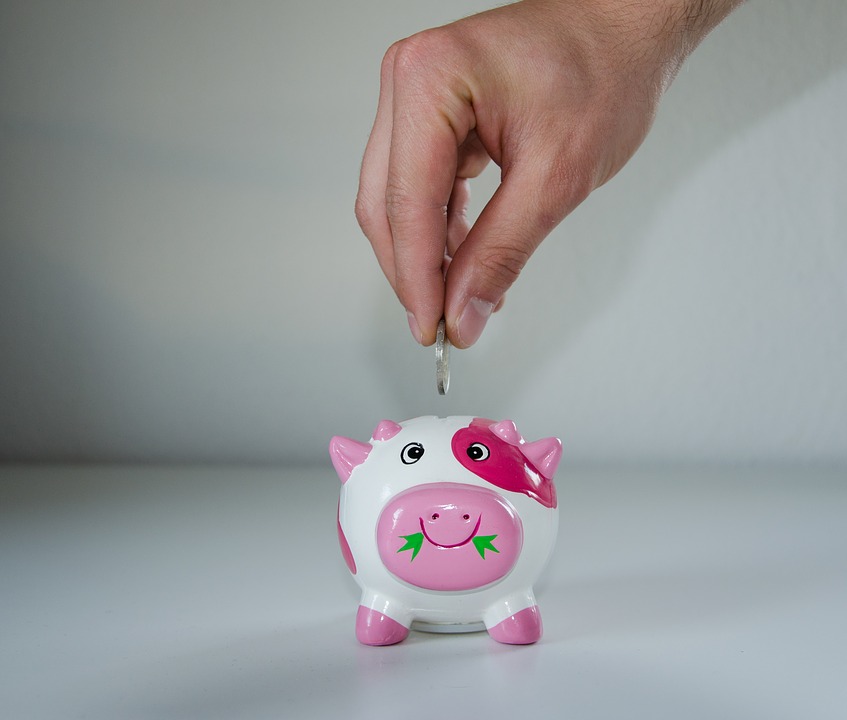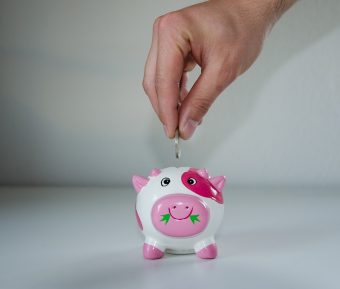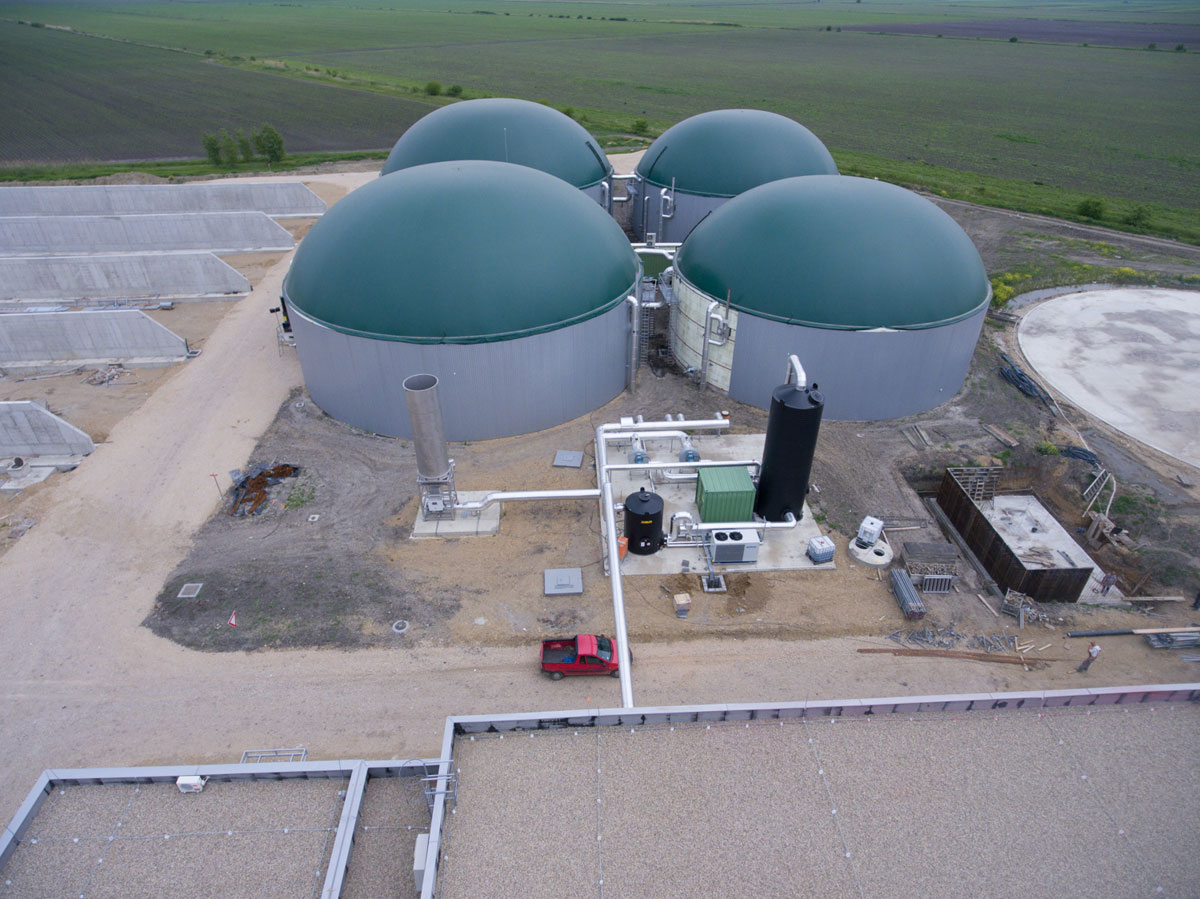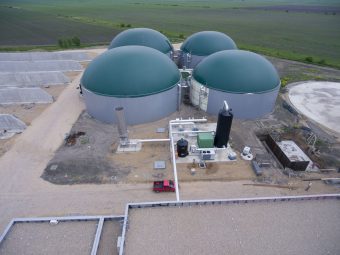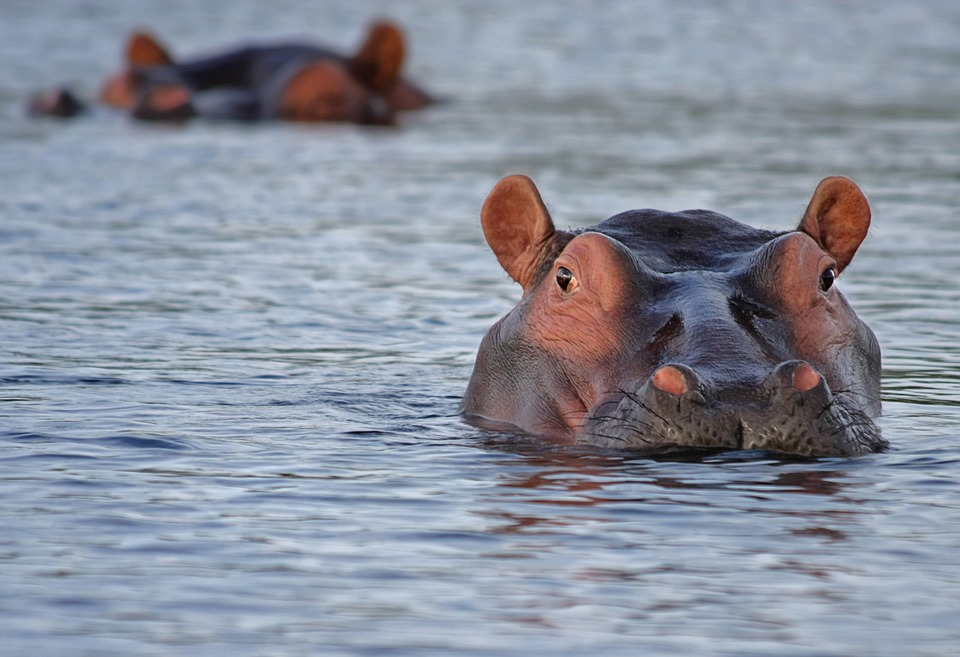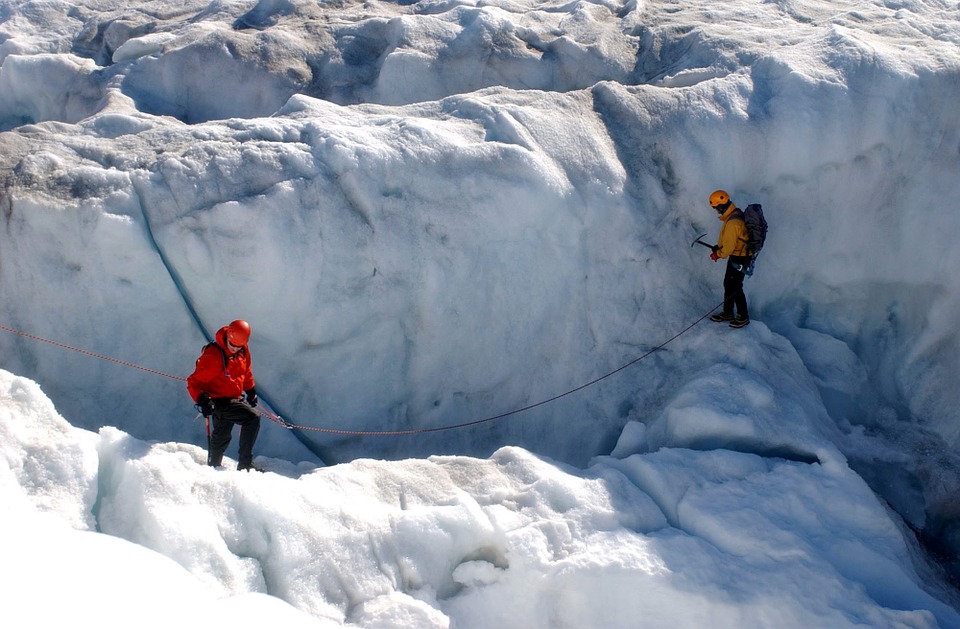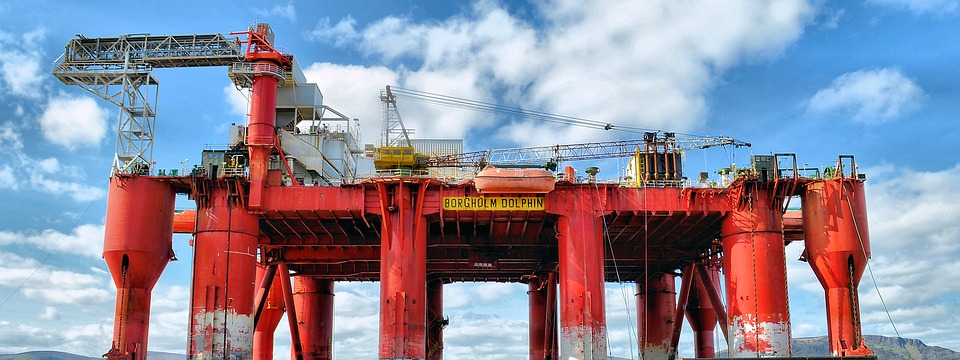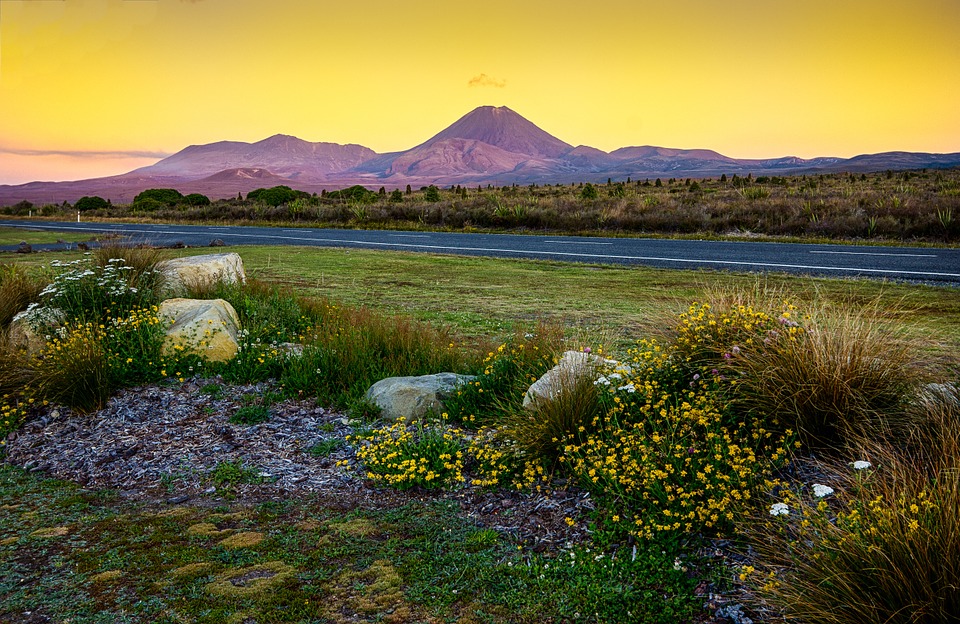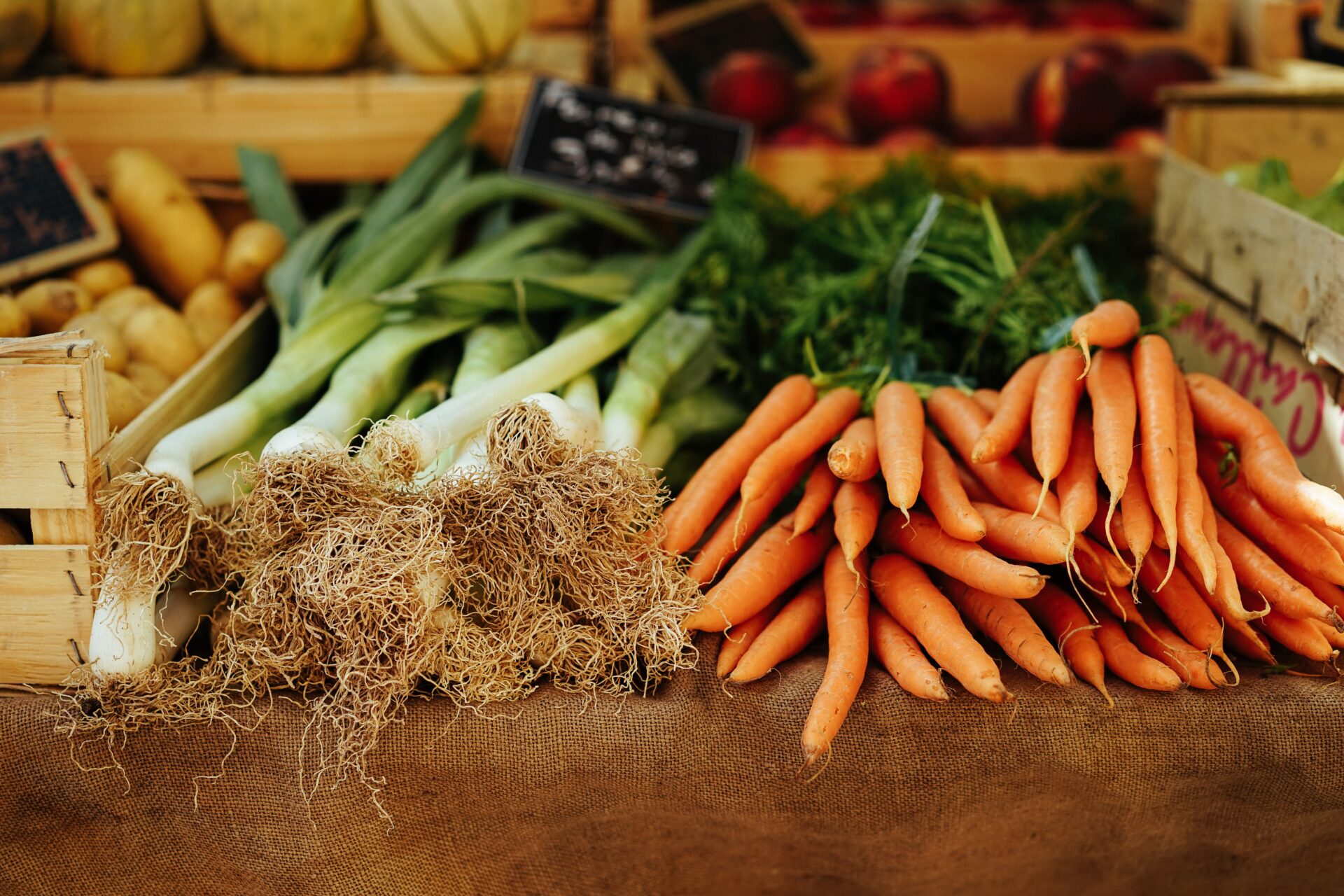
ABB is the world’s leading provider of products for electrical installation in buildings. A comprehensive domain knowledge, global experience and continuous innovation enable us to provide optimal solutions for residential buildings. Our solutions help to make your buildings safer, intelligent and equipped for the future.
Thanks to its modular basic set-up, its improved room concept and its numerous smart detail solutions, the newly developed UK600 series of flush-mounted consumer units and media enclosures offers maximum flexibility for every installation idea, no matter how unusual. The detailed solutions of the UK600 make the combi enclosure so flexible that even subsequent changes or additions are possible without much effort. With a multitude of available design doors, the UK600 may also be easily inte-grated into your room concept. The enclosures of the UK600 series are available in three basic versions: As a consumer unit, as a pure media enclosure or as a combined variant. The combi enclosure offers a shielded area for media components. This allows you to meet every imagi n-able installation requirement very quickly and eff ectively with the UK600 enclosures.
Optionally available connecting elements simplify professional coupling of diff erent enclosures in case of larger space requirements of your installation. We supply the UK600 in five sizes with one to five rows and / or space for 12 to 60 space units. The enclosures may be used with the relevant accesso-ries in massive or hollow-walls. Depending on the type, different accessories are included in the scope of delivery. The enclosures of the UK600 series come with matching connectors that allow both horizontal and vertical connection of multiple combi enclosures.
The connecting element is not only used to accommodate the cables, but also guarantees the correct spacing of the individual enclosures for a gapfree combination of the trim frames. Our consumer units of the UK600 series convince with their many new and unique technical features. The 200 % extended connection space allows for simple and efficient installation of devices. The removable device support can be placed into the enclosure as required and thus also guarantees simple installation. Smart details such as the cable inlets with inte-grated terminal fixture and the variable use in massive or hollow-walls emphasize the high flexibility of the enclosure.

With its remarkable interior, the UK600 serves as a comfortable media enclosure. Here, all conceivable devices such as routers or media modules find their safe space. Modular perforated sheet steel plates allow for easy installation of the devices and an integrated swiveling triple socket ensures the power supply.
A special feature of the UK600 consumer unit and media enclosures is the large number of available door variants, where you will find a suitable solution for every room concept. Regardless of whether it is installed to a sober function room or styled living area – with our door variants, your consumer unit becomes a design element. There are no limits to your ideas. A special highlight of the consumer units and the media enclosures are the various door and frame designs which help you turn them into an attractive design feature in your home. You can insert your own pictures, pinboards, mirrors, magnetic boards, wooden or stainless steel look panels or LED panels for backlight foils into the design frames. Our doors with interchangeable design frames enable you – just like a interchangeable picture frame – to equip the frame made of brushed aluminium with a motive of your choice. When closed, the elegant frame sits with a shadow gap of 5 mm in front of the wall.
Magnets integrated in the inter-changeable design frame keep the door securely closed. Let your creativity take over. There is a total of six different design variants available. You may choose from a crystal mirror, a grey felt insert as a pinboard, a wood decor or stainless steel look, and a classic removable frame with protective glass and back wall. Here, you may insert individual pictures, photos or e.g. escape plans. Optionally, it is also available with rear LED lighting, which gives you the possibility to insert individual back-light foils to further emphasize the selected motive. ABB (ABBN: SIX Swiss Ex) is a pioneering technology leader in power grids, electrification products, industrial automation and robotics and motion, serving customers in utilities, industry and transport & infrastructure globally. Continuing a history of innovation spanning more than 130 years, ABB today is writing the future of industrial digitalization with two clear value propositions: bringing electricity from any power plant to any plug and automating industries from natural resources to finished products. As title partner in ABB Formula E, the fully electric international FIA motorsport class, ABB is pushing the boundaries of e-mobility to contribute to a sustainable future. ABB operates in more than 100 countries with about 147,000 employees.



